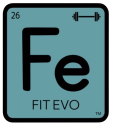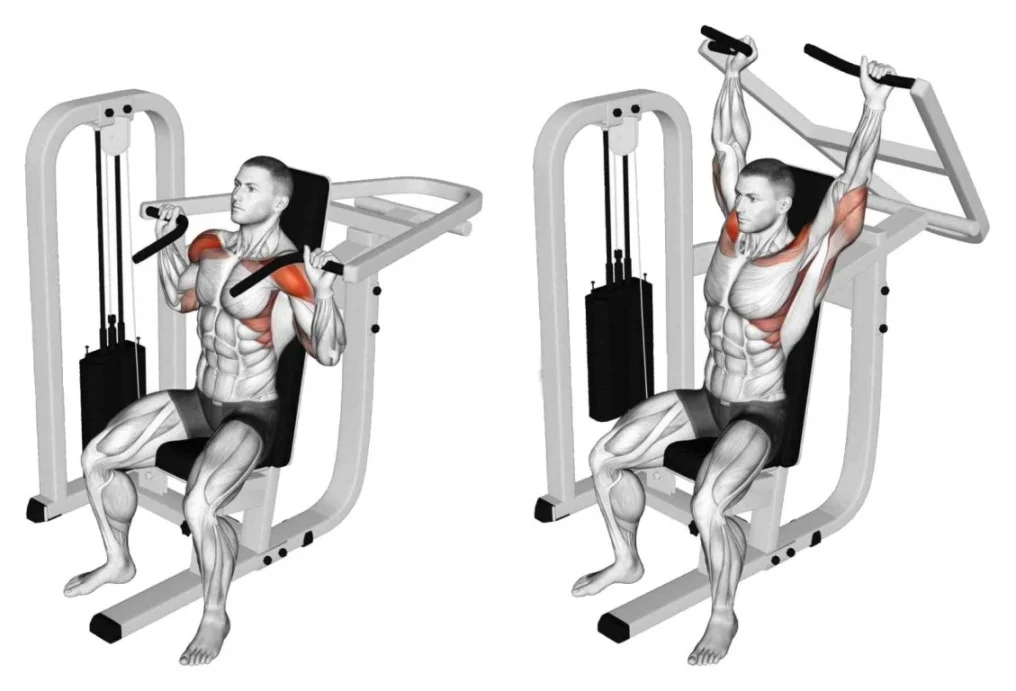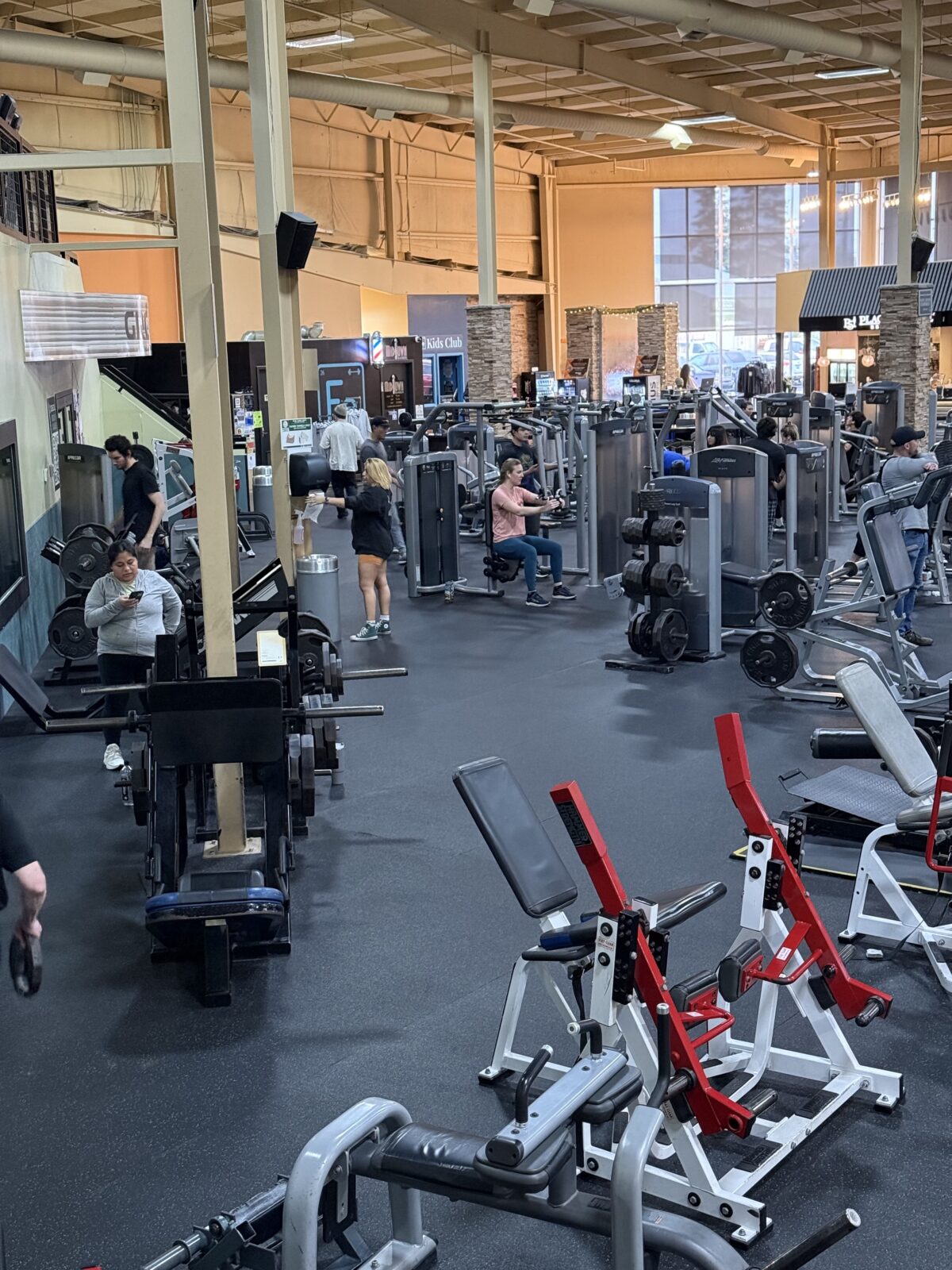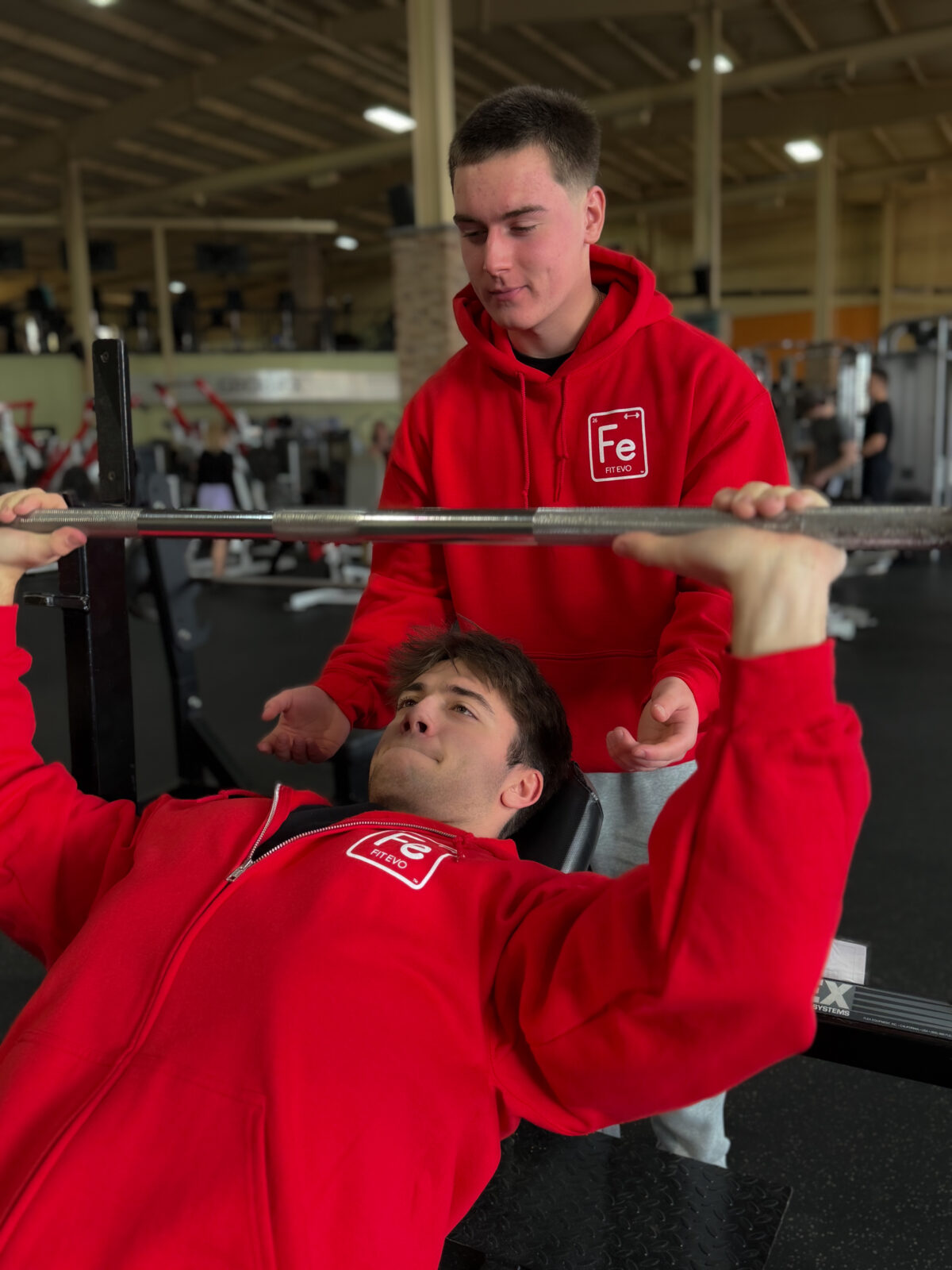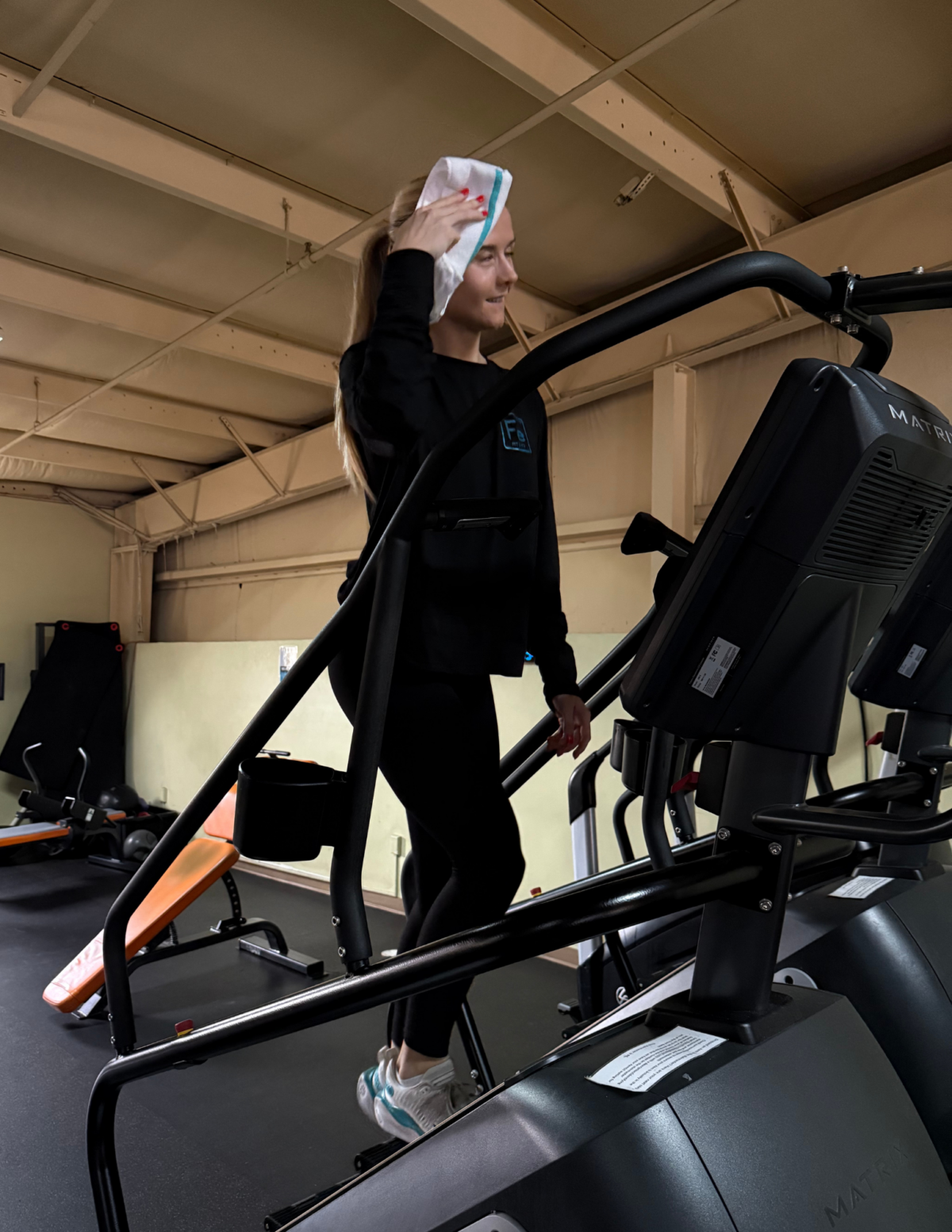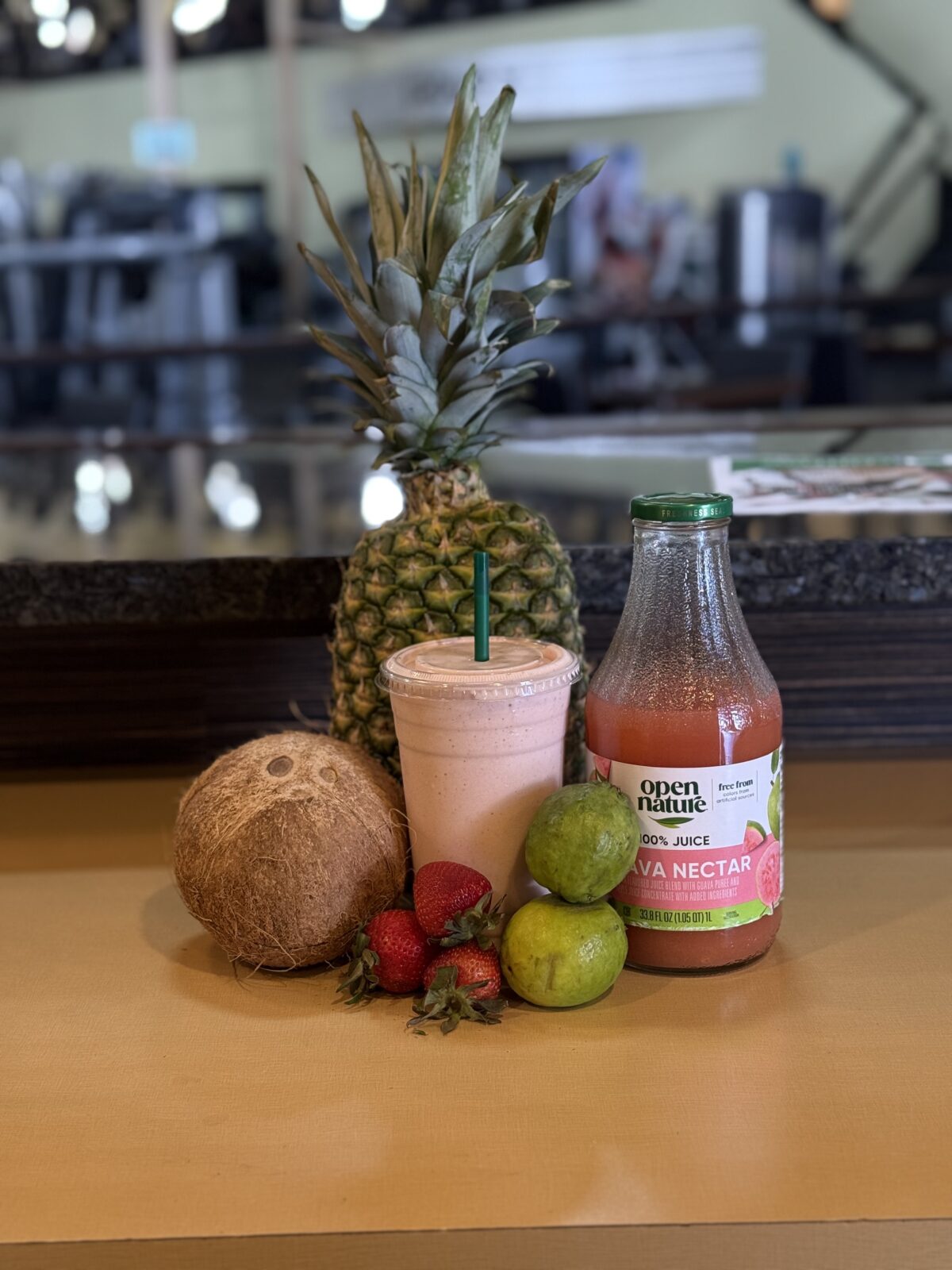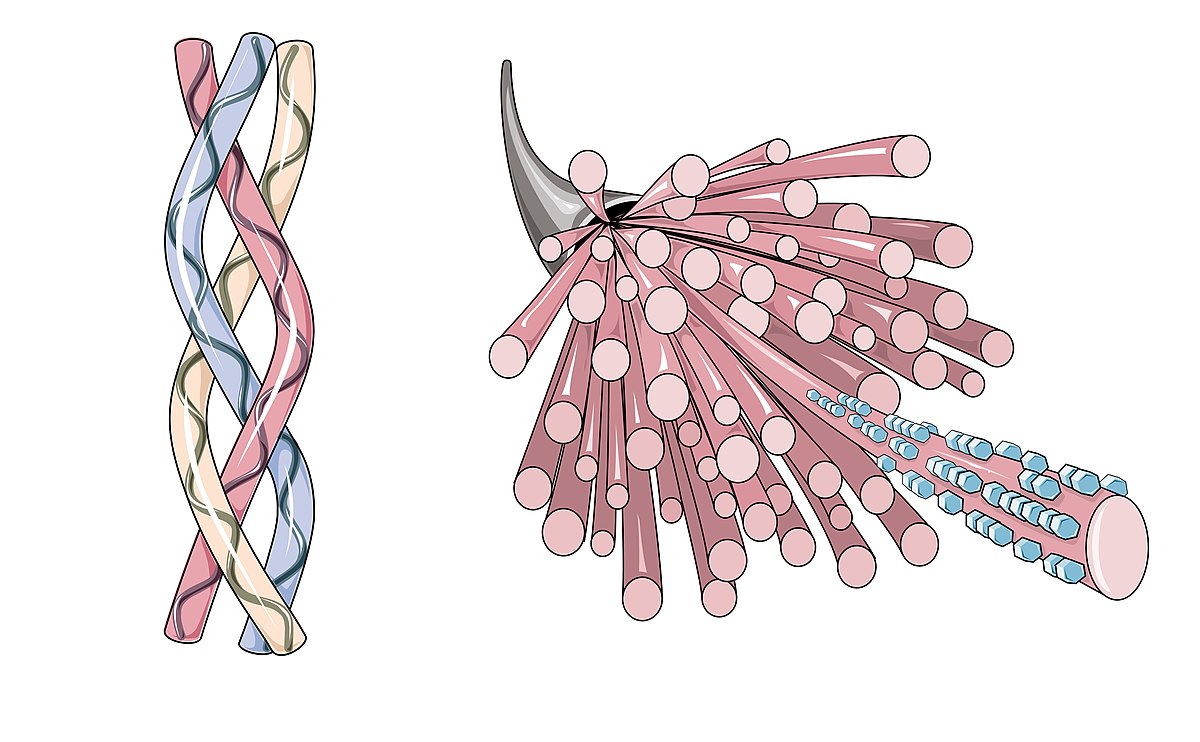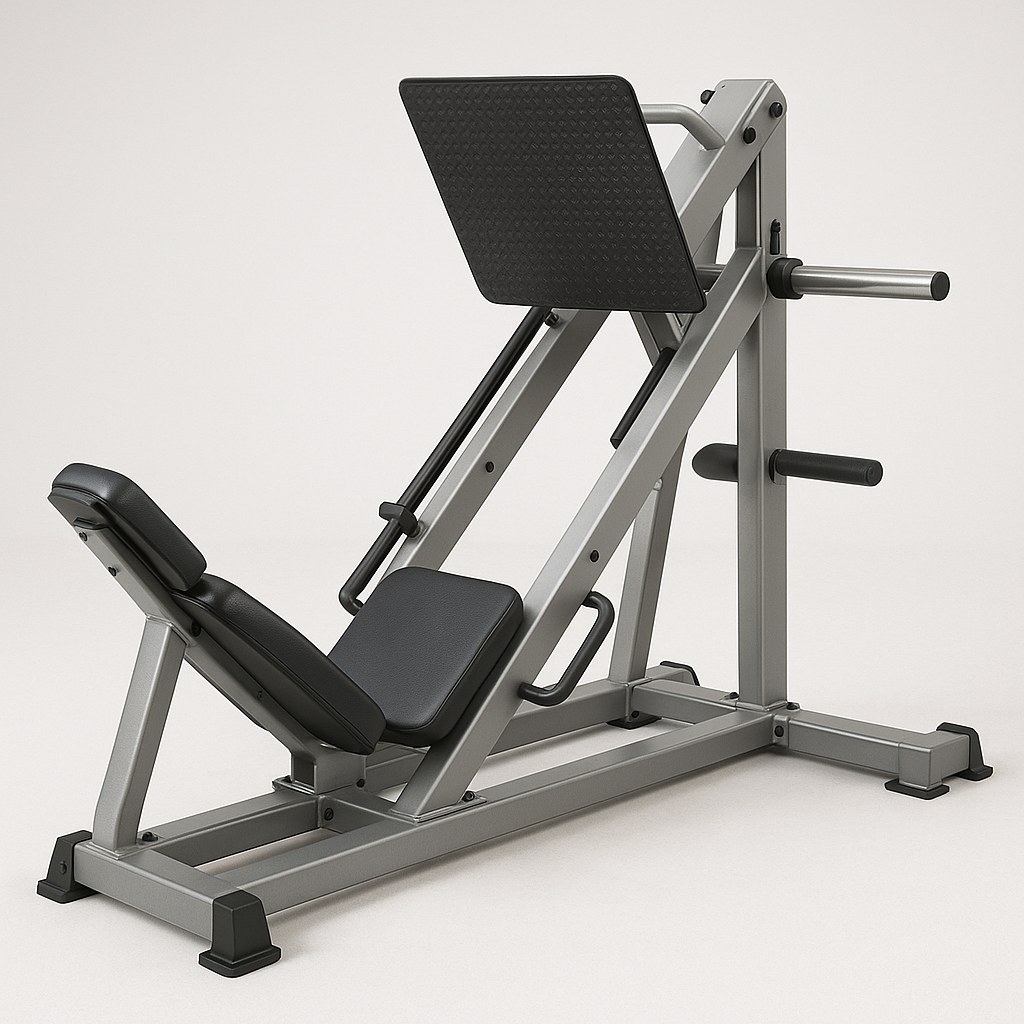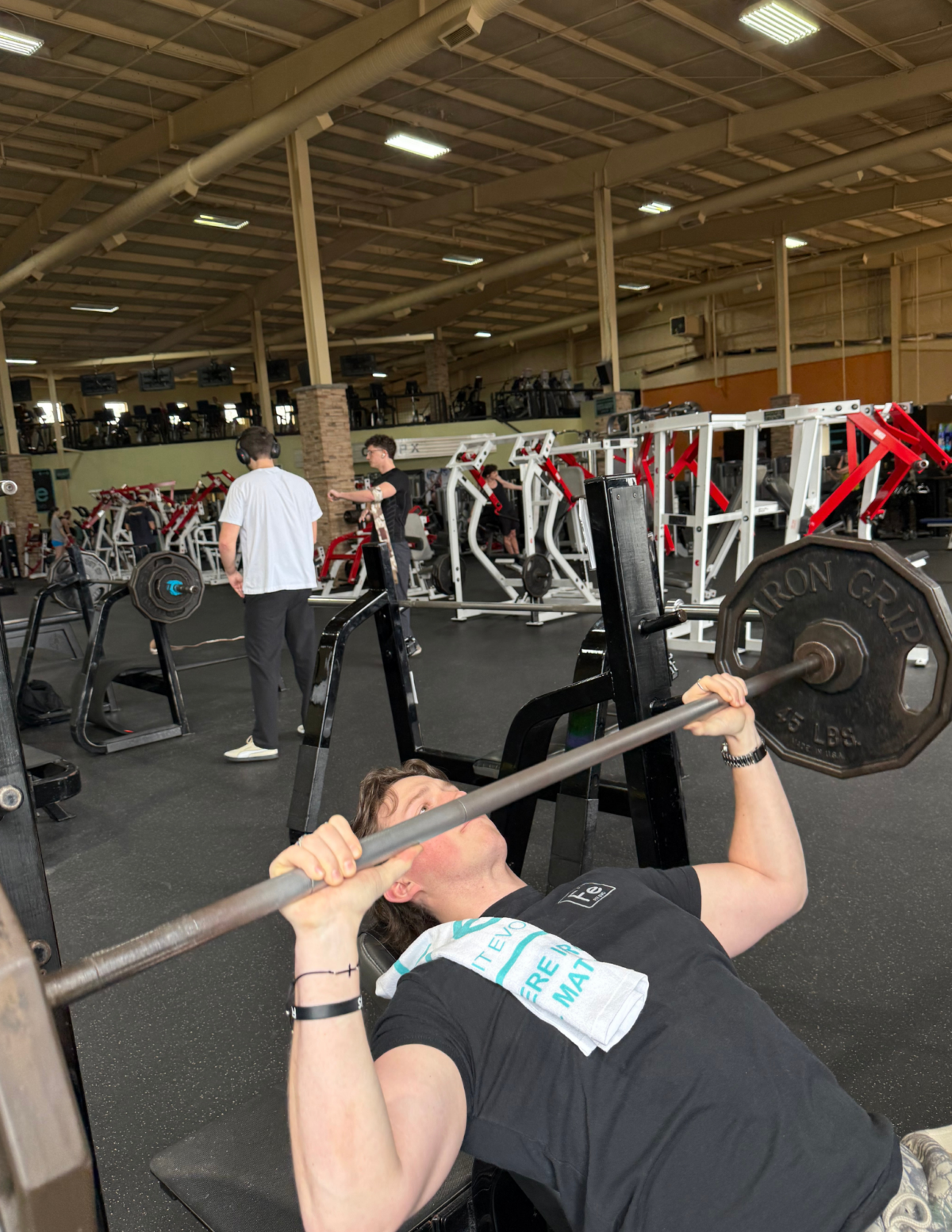Your Guide to Back Workout Machines
- Post author By Mike Wil
- Post date June 16, 2025
- No Comments on Your Guide to Back Workout Machines
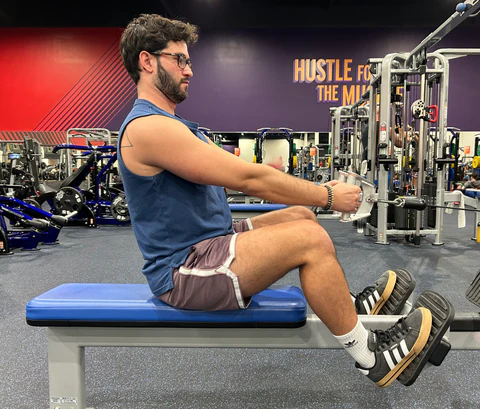
When it comes to building a strong, healthy back, workout machines can be a total game-changer. At Fitness Evo, we know the gym can be a little overwhelming sometimes. Rows of machines, cables everywhere, different handles… it can make your head spin! That’s why we’re breaking it down nice and easy. Today, we’re talking all about back workout machines and sharing simple tips to get you feeling confident and strong. (Oh, and just a heads up: we’re not doctors, so always listen to your body and check with a pro if you need to!)
Why Train Your Back?
First things first: your back muscles are super important. They help with posture, support your spine, and let you lift, twist, and move through daily life. A strong back = less chance of aches, pains, and injuries.
Benefits of working your back include:
- Better posture
- Less lower back pain
- Stronger core support
- Easier everyday movements
- Greater strength for other exercises like deadlifts and squats
- Reduced chance of shoulder injuries
- Improved overall athletic performance
- Better confidence and appearance
Best Back Workout Machines to Use
Alright, let’s dive into the stars of the show. Here are the best back workout machines you’ll find at most gyms:
1. Lat Pulldown Machine
This one is a classic. You sit down, grab the bar above you, and pull it down toward your chest. It mainly works your lat muscles (the big ones on the sides of your back).
Tip: Pull with your elbows, not your hands. This keeps the focus on your back!
2. Seated Row Machine
Another must-try. You sit down, grab the handles, and pull them toward your body like you’re rowing a boat. It’s amazing for building a thick, strong back.
Tip: Sit tall – don’t lean way back when you pull!
3. Assisted Pull-Up Machine
Pull-ups are tough, but the assisted pull-up machine is here to help. It lets you adjust the weight so you can practice pull-ups without feeling like you’re fighting gravity.
Tip: Keep your shoulders away from your ears. Relax them down and pull with your back.
4. Cable Row Machine
If your gym has a cable machine, you can use it for cable machine back workouts like cable rows. You pull the handle towards your stomach while keeping your back straight.
Tip: Think “squeeze your shoulder blades” at the end of the pull.
5. Back Extension Machine
This one targets your lower back. You bend forward at the waist and then slowly straighten up. It’s fantastic for strengthening your spine support muscles.
Tip: Move slow and controlled. No jerky motions!
6. Hammer Strength Machines
These plate-loaded machines mimic free-weight moves but with more stability. You can find hammer strength rows, pulldowns, and more!
Tip: Adjust the seat and chest pad to fit your body size.
7. Reverse Pec Deck Machine
This machine is usually thought of for rear delts (shoulders), but it’s amazing for your upper back, too!
Tip: Keep your arms slightly bent and move in a wide arc.
8. Pull-Over Machine
Old-school but still around in some gyms! It targets your lats and chest.
Tip: Move slow, focus on stretching and squeezing your lats.
How to Create a Simple Back Workout
Mix and match a few machines for a solid back day! Here’s a simple beginner-friendly plan:
- Lat Pulldown – 3 sets of 10-12 reps
- Seated Row – 3 sets of 10-12 reps
- Cable Rows – 3 sets of 12 reps
- Back Extensions – 2 sets of 15 reps
- Reverse Pec Deck – 3 sets of 12-15 reps
Rest about 30-60 seconds between sets. Take your time and focus on form over weight. You can even finish with a light stretch for your back muscles!
Progress Tip: Every 2-3 weeks, try to increase your weight slightly or add an extra rep to keep challenging your back muscles.
Cable Machine Back Workouts
We’ve got a soft spot for cable machines because they’re so flexible! Here are a few back exercises you can do on a cable setup:
- Single-arm cable row: Great for fixing any strength imbalances between sides.
- Straight arm pulldown: Awesome for isolating your lats.
- Face pulls: Perfect for hitting your upper back and helping your posture.
- High row with rope attachment: Targets both upper and mid-back.
- Cable shrugs: Works your traps.
Just change the handle or adjust the pulley height for different moves. It’s like a playground for your muscles!
Bonus Cable Tip: Cables allow you to hit angles you might miss with free weights. Plus, constant tension means your muscles are working harder the whole time!
Pro Tips for Using Back Workout Machines
Want to get the most out of your workouts? Keep these easy tips in mind:
- Start light. It’s better to lift lighter with good form than heavier with bad form.
- Control the movement. No swinging or using momentum.
- Breathe! Exhale when you pull, inhale when you reset.
- Listen to your body. If it feels wrong, stop. (And again, we’re not doctors – check with a trainer if you’re unsure!)
- Use mirrors. They can help you check your form.
- Warm-up first. Light cardio and dynamic stretches prepare your body.
- Cool down after. Stretch your back, shoulders, and arms.
Stay consistent. Results come from showing up again and again.
Why Back Machines Are Awesome (Especially for Beginners)
Machines help guide your movement, so it’s easier to focus on the muscle you’re working. They’re safer for newbies, and you don’t need a spotter. Plus, they make it super simple to change weights fast.
When you’re just starting out, machines help you:
- Learn proper form
- Build strength safely
- Gain confidence in the gym
- Avoid injuries
- Focus on mind-muscle connection (feeling the muscle work)
- Progress faster without confusion
And honestly, even seasoned lifters love using machines to finish their workouts strong!
Fun Back Workout Challenge (Try This!)
Want to spice up your routine? Here’s a back workout challenge:
- Lat pulldown x 15 reps
- Seated cable row x 15 reps
- Face pull x 15 reps
- Assisted pull-up x as many reps as you can
Do this as a “circuit” (one exercise after another without resting), then rest 2 minutes. Repeat 3 times. It’s a back burner — in a good way!
Don't Forget These Common Mistakes
Even though back machines are user-friendly, a few common mistakes can sneak in:
- Using too much weight: You end up using momentum instead of your muscles.
- Poor posture: Rounded shoulders? Leaning back too much? Stay tall!
- Not adjusting the machine: Set the seat and pads so they fit your body.
- Going too fast: Slow, steady pulls get the best muscle work.
- Ignoring mind-muscle connection: Focus on feeling your back muscles working with every rep.
Taking a few seconds to check your setup can make a huge difference!
What gym machine works your back?
The lat pulldown machine, seated row machine, cable row machine, and assisted pull-up machine are some of the best gym machines for working your back muscles.
What machine do you use for your back?
You can use machines like the lat pulldown, seated row, cable row, reverse pec deck, and back extension machines to target different areas of your back.
What is the most effective workout for back?
The most effective back workouts usually include a mix of pulling exercises like pull-ups, rows, and pulldowns that target your lats, traps, and lower back.
What is the king of all back exercises?
The pull-up is often called the king of all back exercises because it works almost every muscle in your back along with your arms and core!
Your back deserves some love, and back workout machines make it so much easier to give it that love! Machines like the cable machine offer a ton of options for cable machine back workouts too, so you’ll never get bored.
Remember: start slow, stay consistent, and focus on good form. We’re cheering you on every step of the way! Let’s get strong, stand tall, and rock those back muscles — together at Fitness Evo!
See you at the gym!
